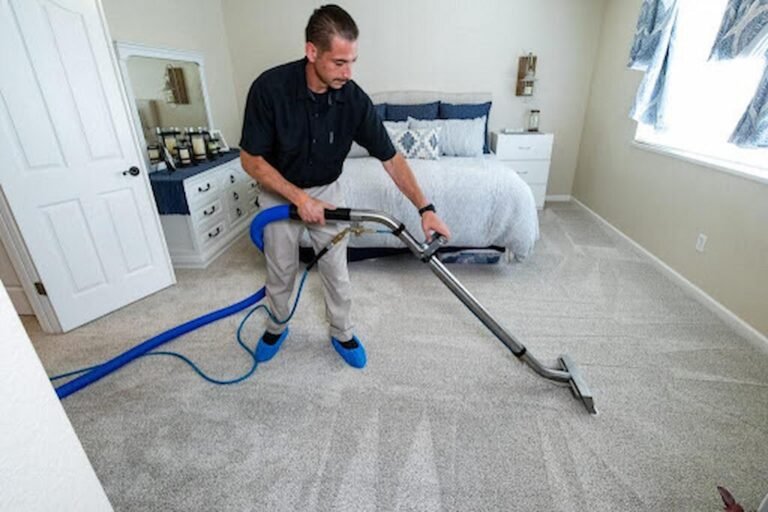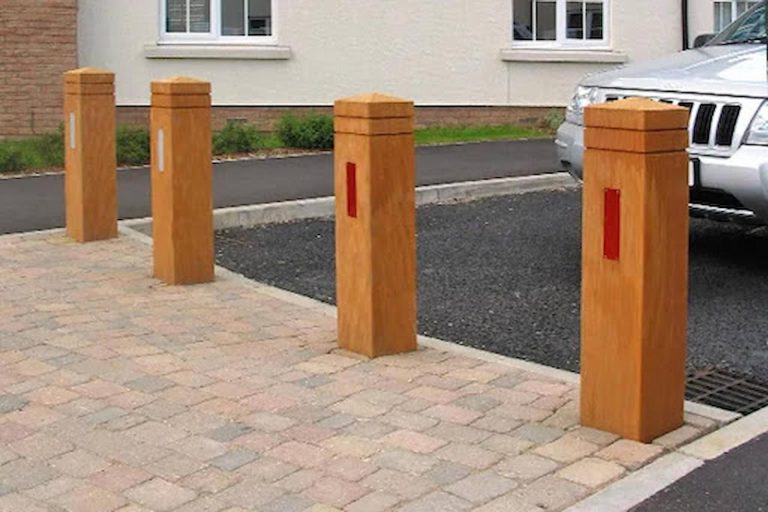A sleek radiator can transform a room — yet countless myths still stop homeowners from making the upgrade. Are designer radiators really inefficient, costly, or just “for show”? Before you dismiss the idea, take a moment to uncover the facts. This quick read highlights the most common misconceptions and explains how advanced solutions from Stelrad are transforming the future of home heating.
Designer radiators have evolved far beyond their utilitarian roots. Once seen as luxury items, they now combine functionality, efficiency, and style to complement modern interiors. Yet, many homeowners still hesitate to upgrade because of lingering misconceptions. In this article, we’ll separate fact from fiction and uncover the truth behind some of the most common myths surrounding designer radiators, with insights from trusted brands like Stelrad, whose advanced engineering and contemporary product ranges demonstrate how modern heating solutions can enhance comfort, improve energy performance, and elevate the overall look of a living space.
1. Myth: Designer Radiators Are Only About Looks
Truth: Aesthetic appeal is just one aspect. Modern designer radiators are engineered for efficiency. Brands like Stelrad design their products with advanced heat distribution technology, ensuring every model provides optimal warmth without excessive energy use. Whether horizontal, vertical, or low-profile, these radiators perform as well as — or better than — traditional models.
2. Myth: They Don’t Produce Enough Heat
Truth: Designer radiators are built for both form and function. Many models have higher BTU (British Thermal Unit) outputs than conventional ones, capable of heating large or open spaces effectively. Their slim profiles and modern materials, such as aluminium and steel, ensure quick heat-up times and long-lasting warmth.
3. Myth: They Are Too Expensive to Be Practical
Truth: While initial costs can be higher, the long-term benefits outweigh them. Energy-efficient designs lower heating bills, and their durability means fewer replacements. Moreover, they add value to your property. Think of it as an investment in both comfort and design — not just a purchase.
4. Myth: Designer Radiators Don’t Fit Traditional Interiors
Truth: Modern design doesn’t always mean ultra-minimalist. Designer ranges now include classic column radiators and period-style finishes that blend seamlessly with vintage or heritage homes. You can easily find a model that enhances your décor rather than clashes with it.
5. Myth: They’re Difficult to Install
Truth: Installation is often straightforward. Designer radiators are typically compatible with existing central heating systems. Many come with universal fittings, and professional installers familiar with Stelrad or similar brands can complete the job quickly with minimal disruption.
6. Myth: Maintenance Is Complicated
Truth: Maintenance requirements are virtually identical to standard radiators. Occasional dusting and bleeding are usually enough to keep them in top condition. High-quality finishes also resist corrosion and scratches, meaning your radiator stays looking stylish for years.
7. Myth: Designer Radiators Are Fragile
Truth: Far from it. These radiators are built using durable materials like reinforced steel or aluminium. They undergo rigorous quality checks to ensure they withstand high pressure and frequent use — combining resilience with refined design.
8. Myth: They Can’t Be Energy Efficient
Truth: Many designer radiators are designed with sustainability in mind. Slimline designs, faster heat transfer, and thermostatic controls allow precise temperature management. When paired with energy-efficient boilers or smart thermostats, they can significantly reduce household energy consumption.
9. Myth: Limited Options for Small Spaces
Truth: Compact radiators, towel rails, and vertical models are ideal for tight areas such as bathrooms, kitchens, and hallways. Innovative designs mean you can maximise wall space without compromising on heat output or style.
10. Myth: Designer Radiators Are Just a Trend
Truth: With the ongoing shift toward energy-efficient homes and conscious interior design, designer radiators are here to stay. Their adaptability, longevity, and performance make them a lasting feature in contemporary and classic homes alike
FAQs
1. Are designer radiators more efficient than standard ones?
Yes, many designer radiators are made from materials like aluminium that heat quickly and distribute warmth evenly, making them more energy-efficient than older models.
2. Can I use a designer radiator with my existing boiler system?
Absolutely. Most designer radiators are compatible with standard central heating systems and can be installed without major adjustments.
3. Do designer radiators require special maintenance?
No. Regular cleaning and occasional bleeding to remove air are typically sufficient. Their quality coatings help maintain appearance and performance over time.
4. Are there options suitable for small rooms?
Yes, compact and vertical designer radiators are ideal for smaller spaces, offering powerful heating while saving valuable wall area.
5. Do designer radiators increase property value?
Yes. They enhance both aesthetic appeal and energy efficiency, often adding to the overall value and desirability of a home.
Final Thoughts
Designer radiators have rewritten the rules of home heating. They’re no longer just decorative extras but high-performing, energy-efficient solutions that enhance comfort and elevate your interior style. Modern models — including those crafted by trusted names such as Stelrad — blend advanced engineering with thoughtful design, proving that practicality and beauty can exist in perfect harmony.
As homeowners prioritise efficiency, durability, and aesthetics, designer radiators continue to stand out as a smart long-term investment. Whether you’re renovating, upgrading, or simply looking to refresh a space, they offer a reliable way to improve warmth while adding a touch of contemporary elegance.




